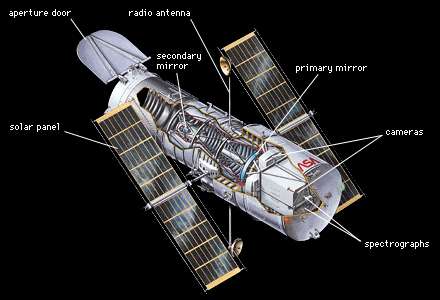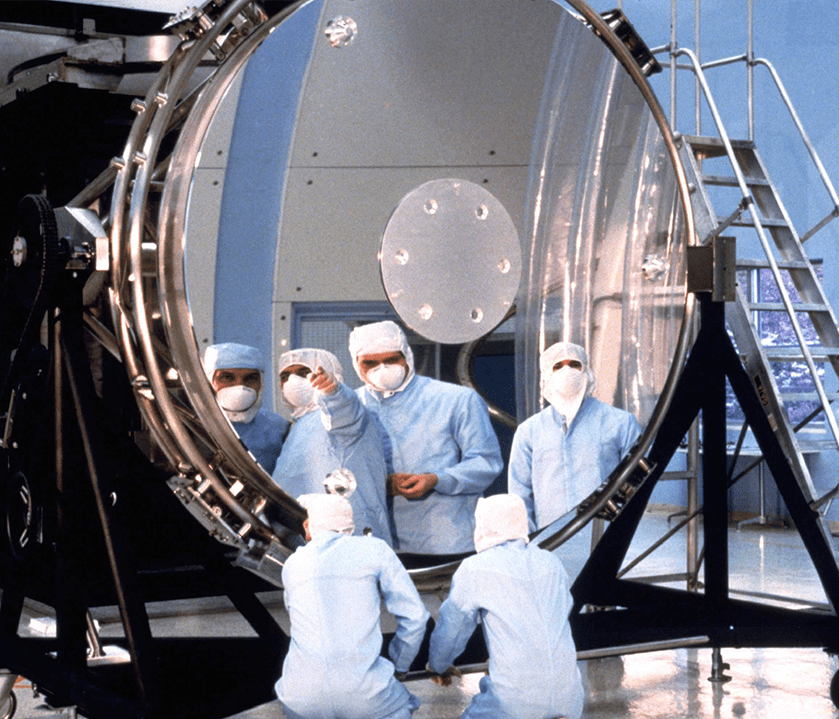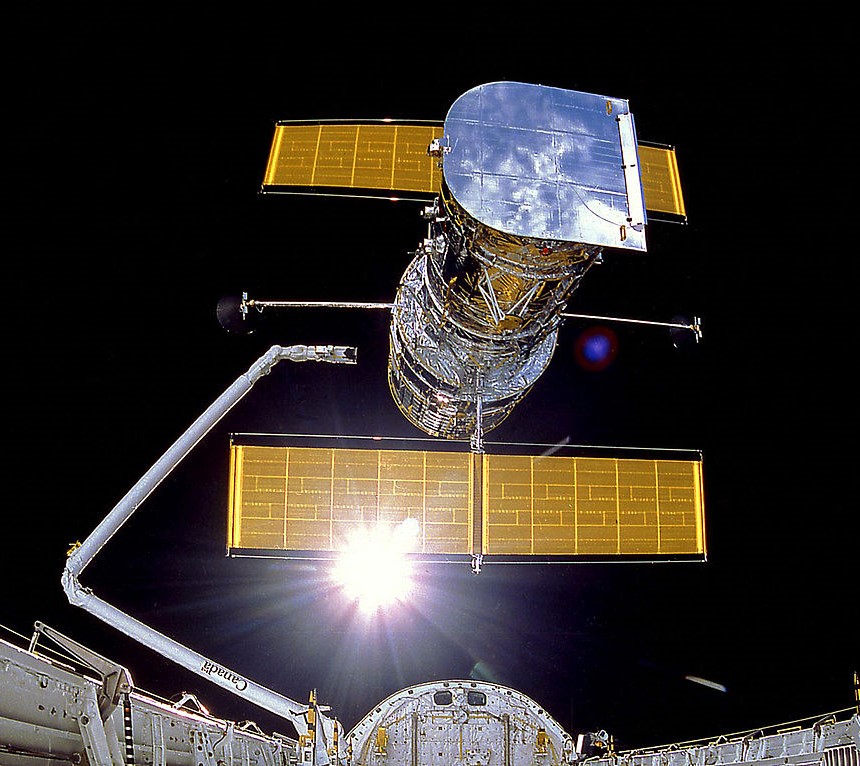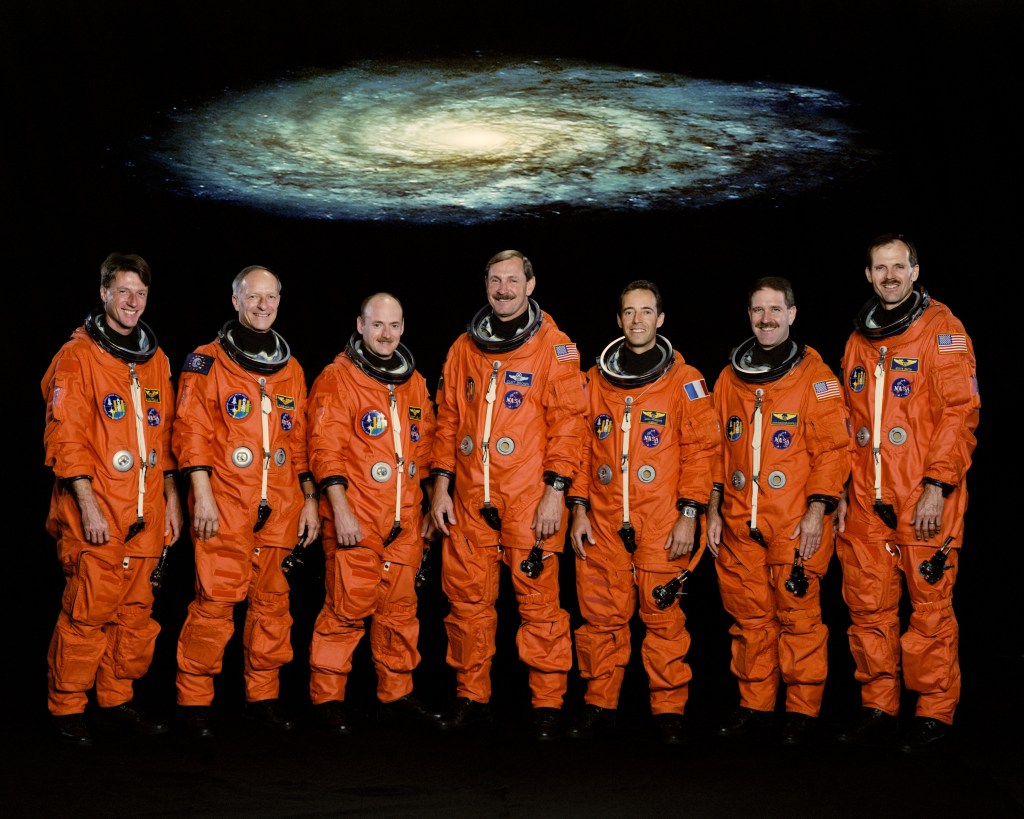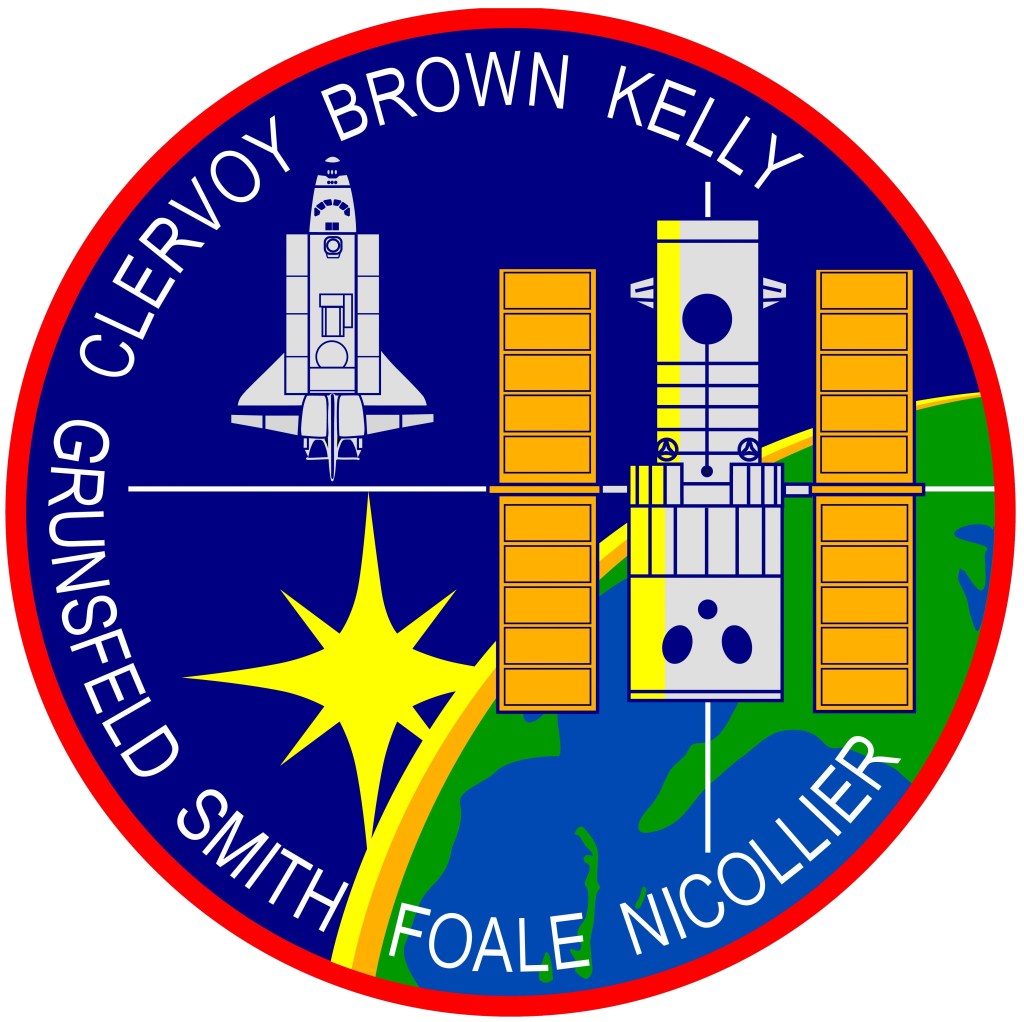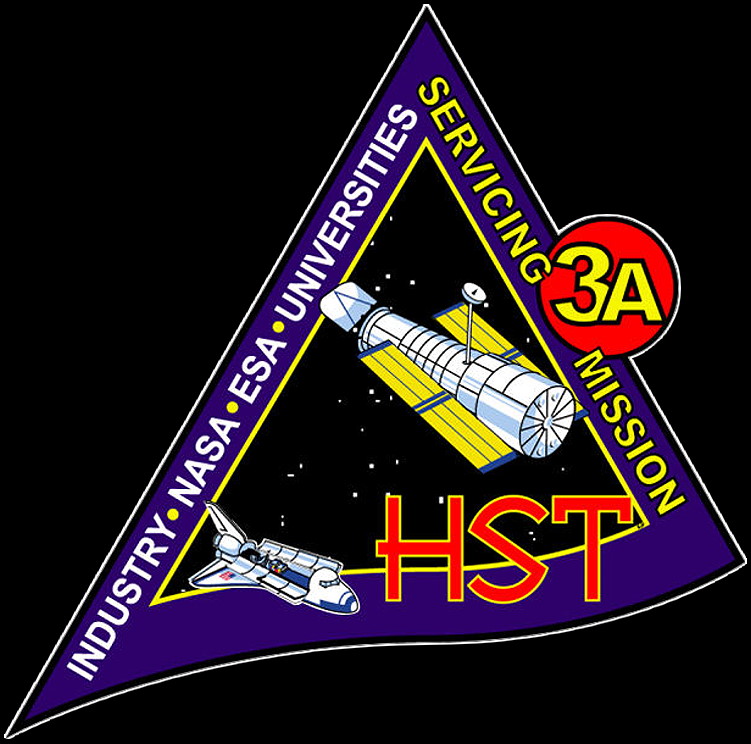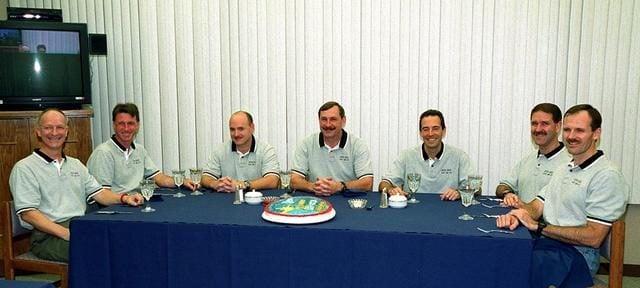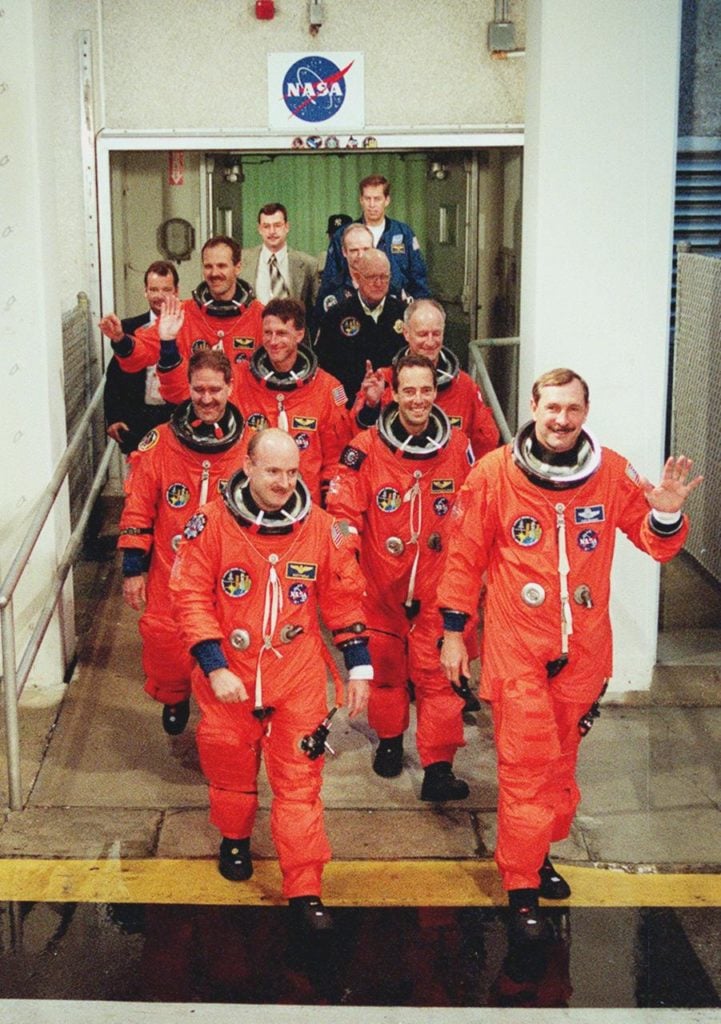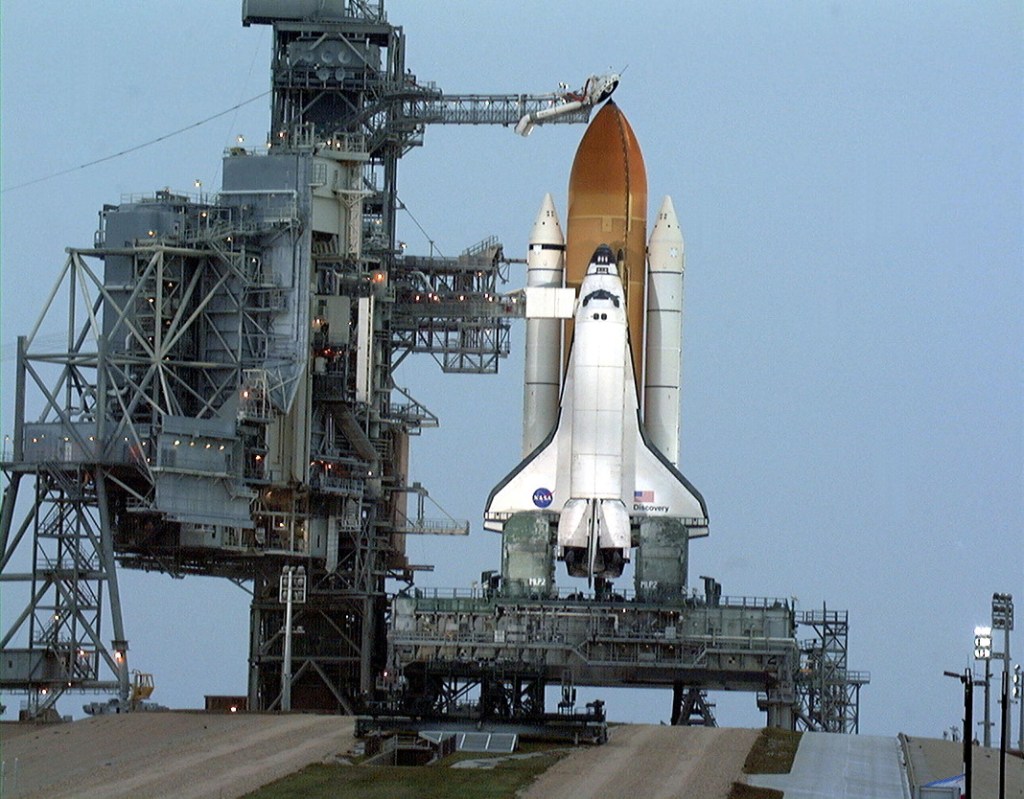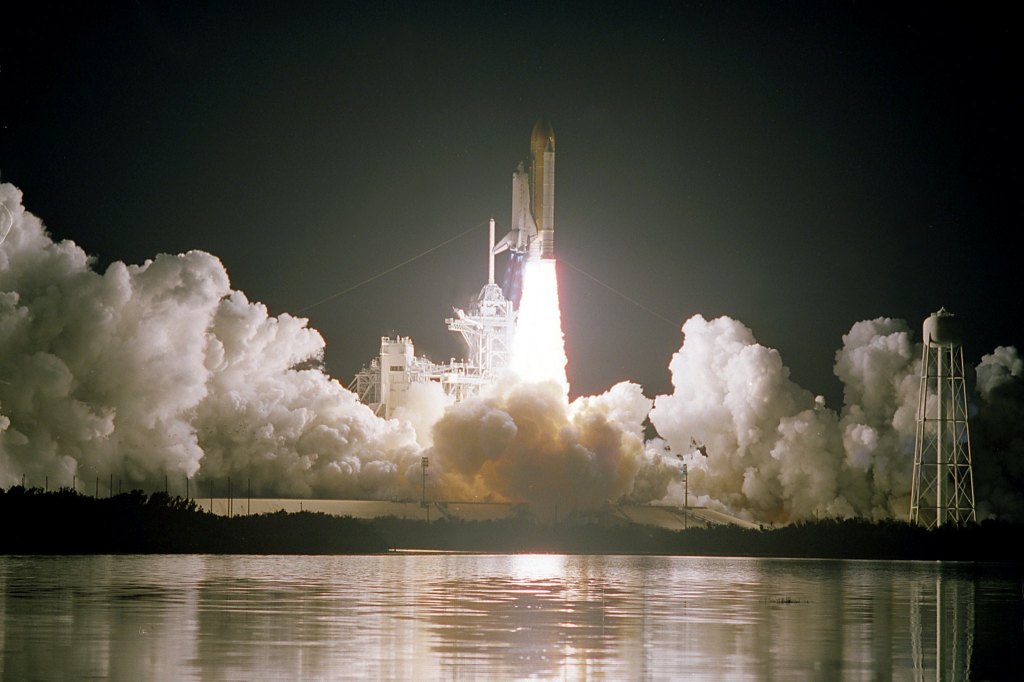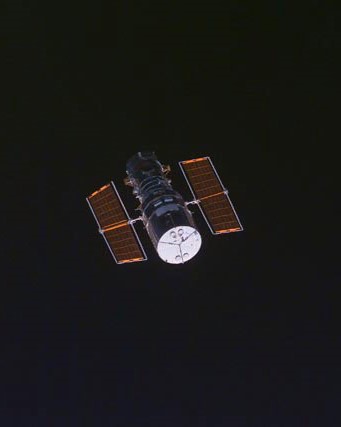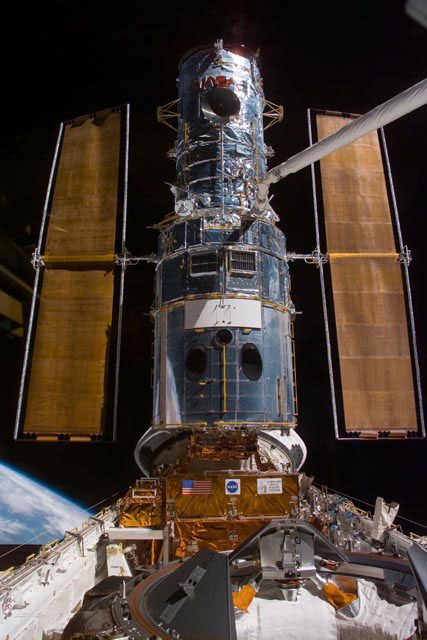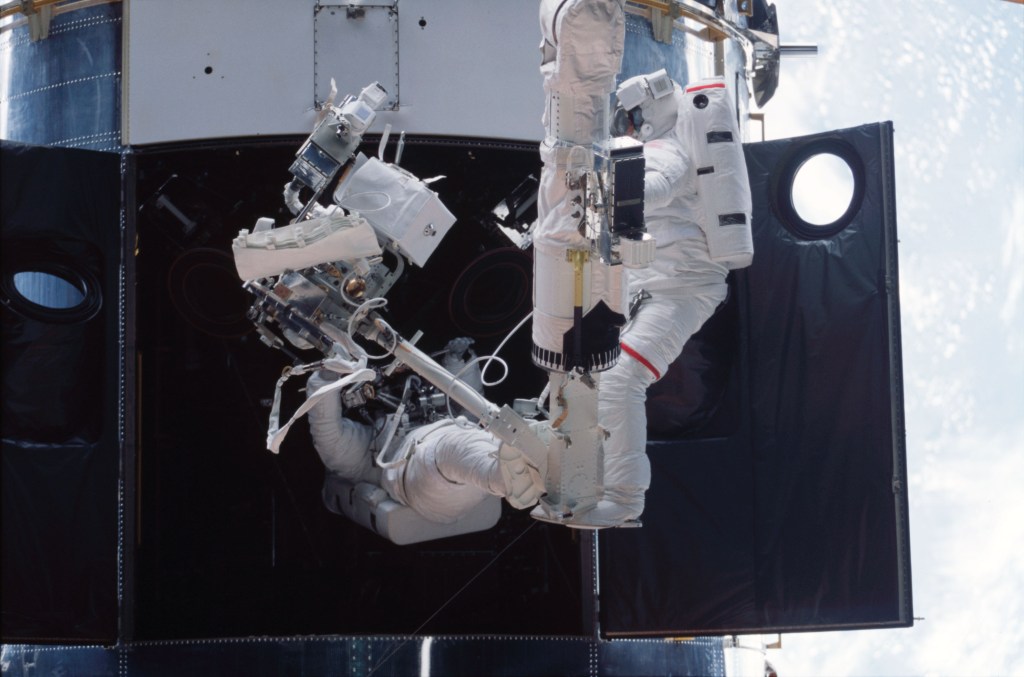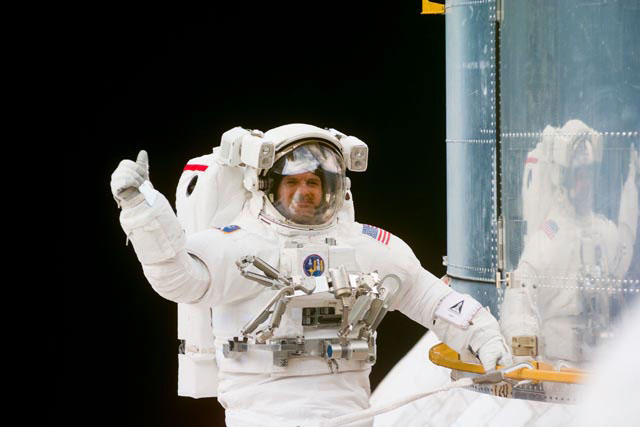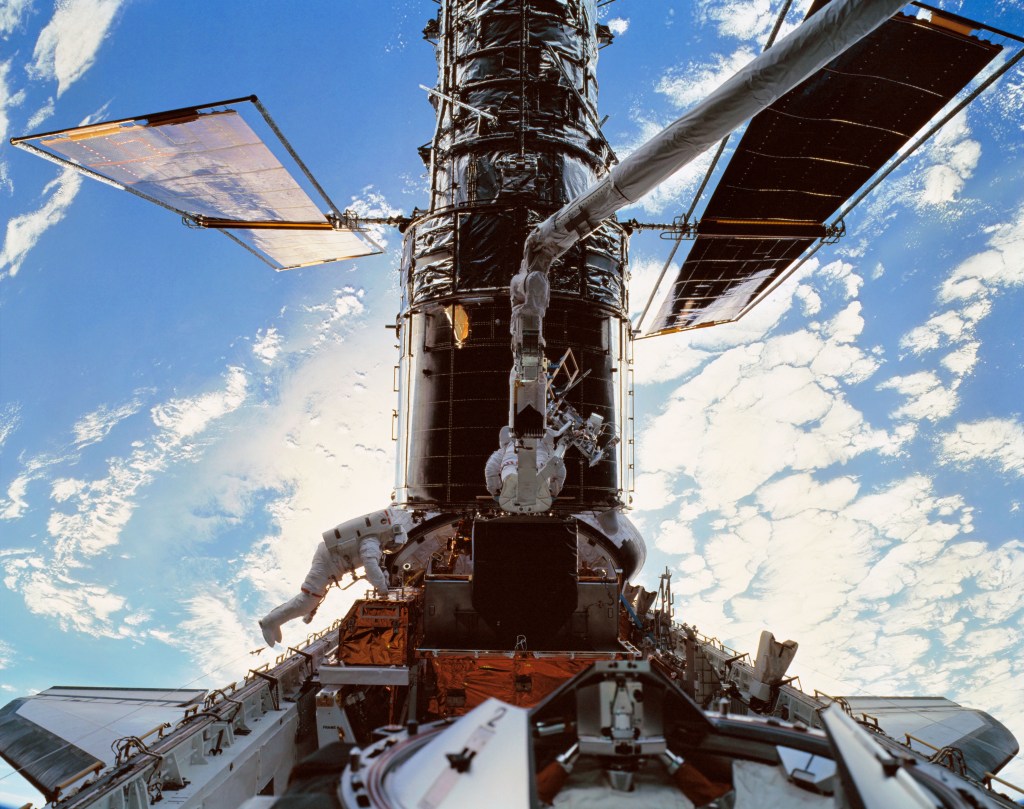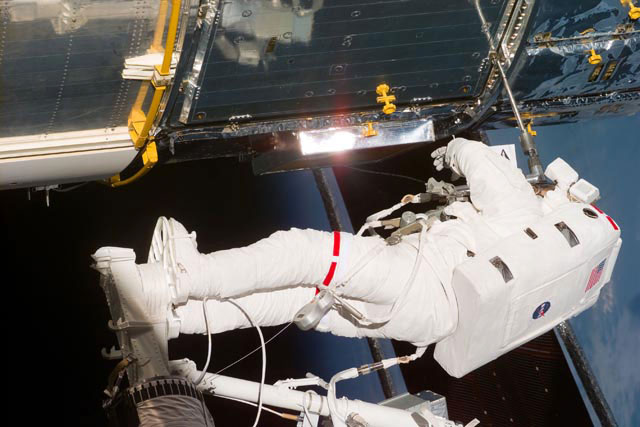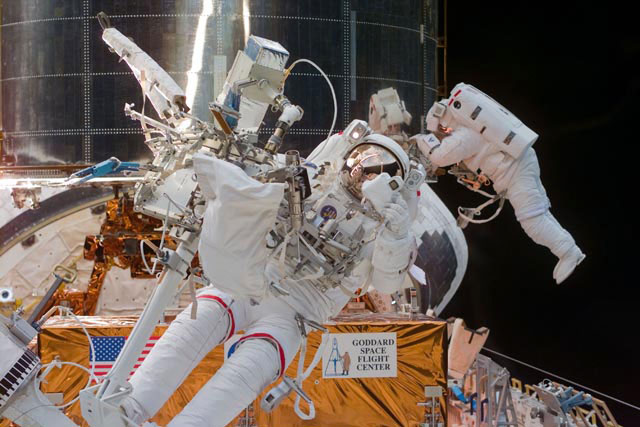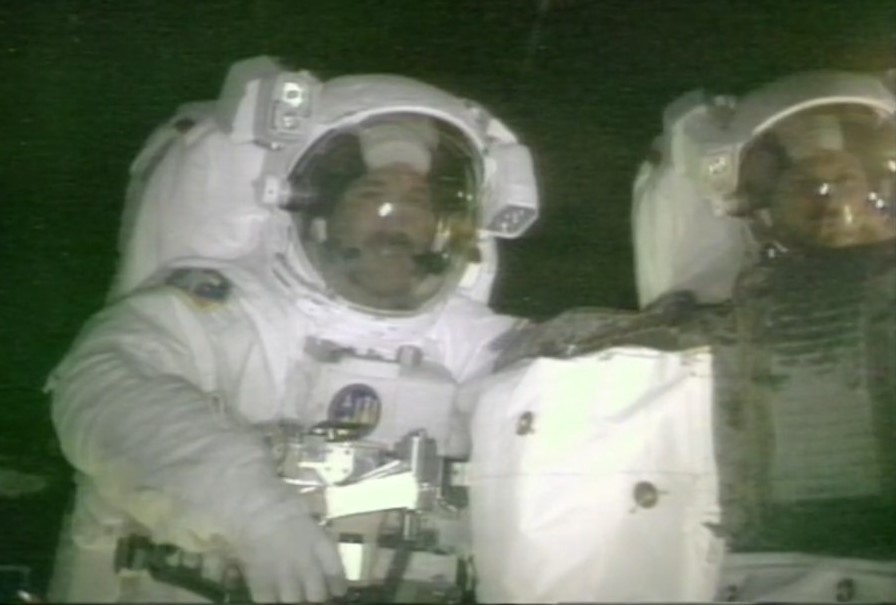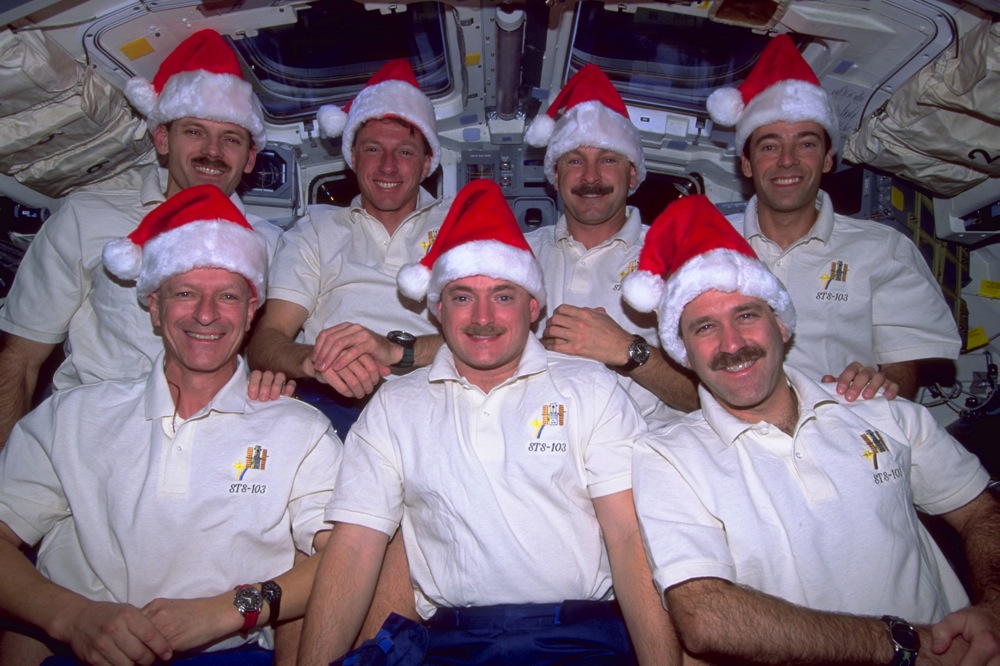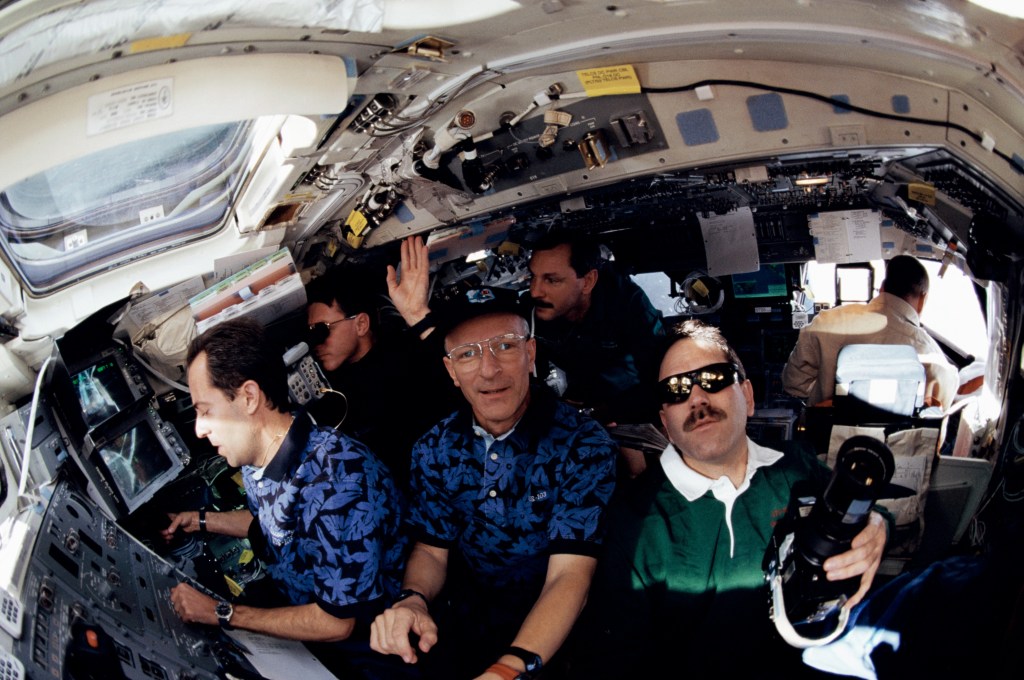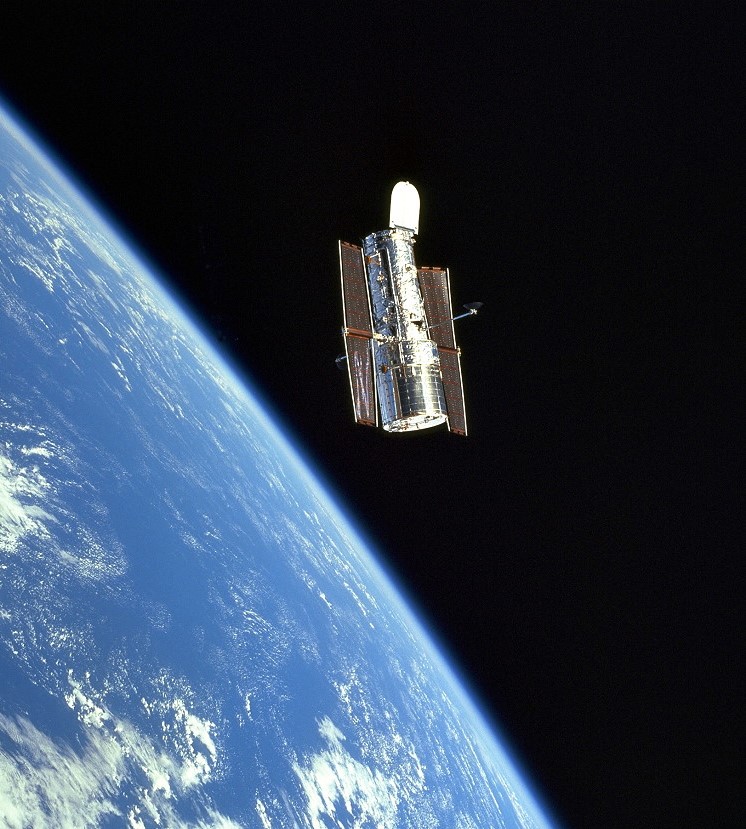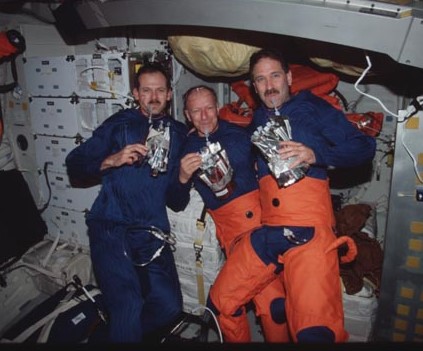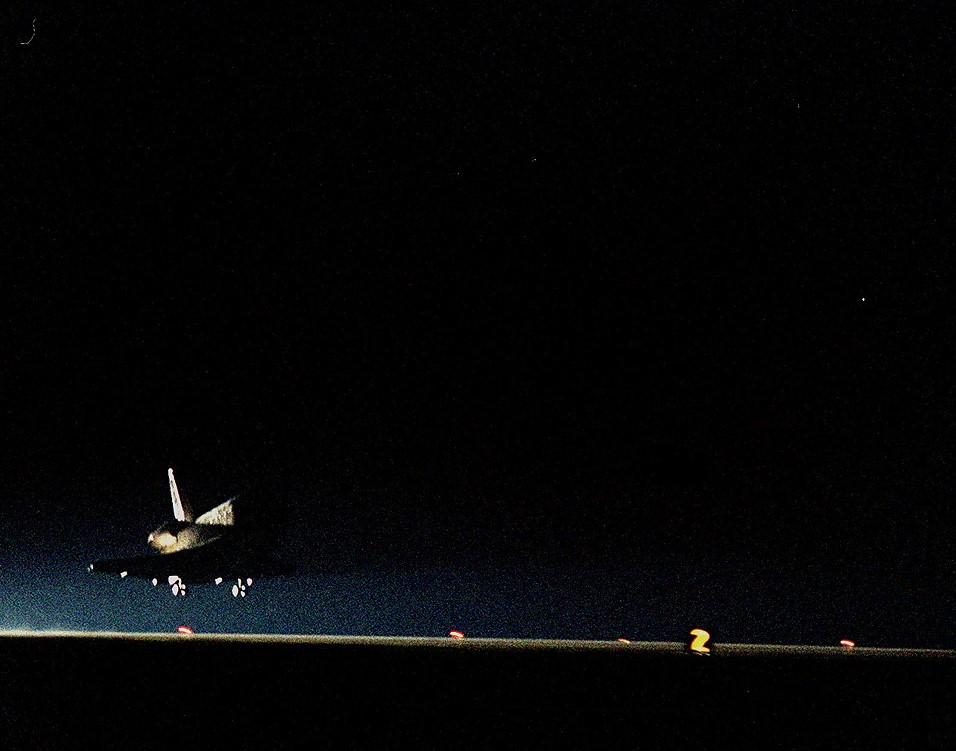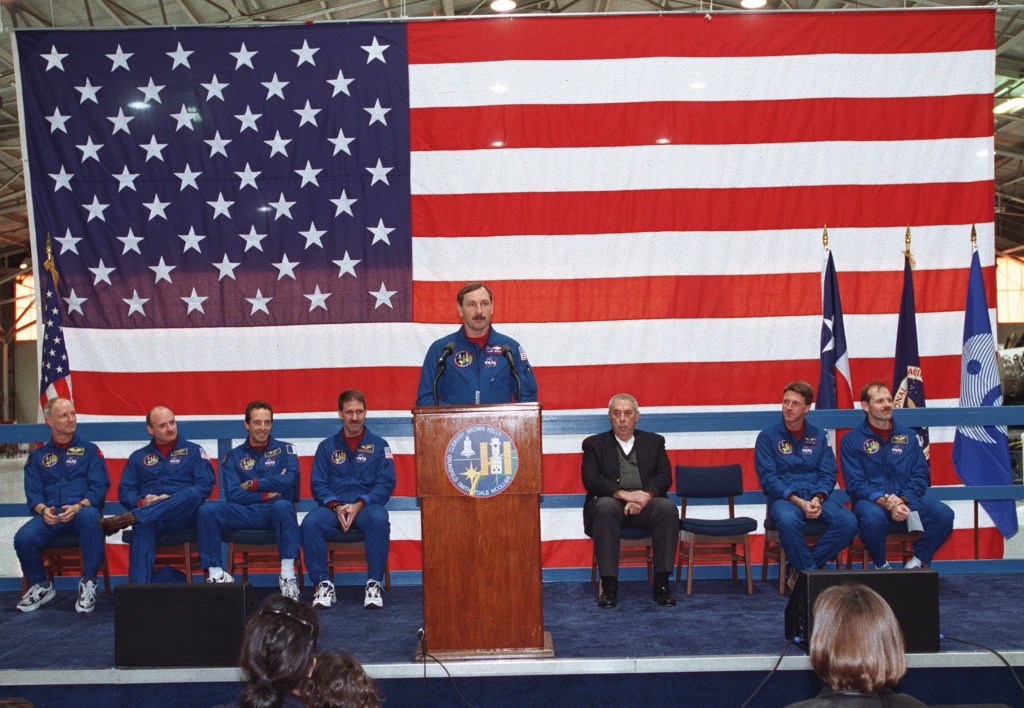“Trying to do stellar observations from Earth is like trying to do birdwatching from the bottom of a lake.” James B. Odom, Hubble Program Manager 1983-1990.
The third servicing mission to the Hubble Space Telescope, placed in orbit in 1990, occurred during the STS-103 mission in December 1999. During the mission, originally planned for June 2000 but accelerated by six months following unexpected failures of the telescope’s attitude control gyroscopes, the astronauts restored the facility to full functionality. During their eight-day mission that featured the first space shuttle crew to spend Christmas in space, the seven-member U.S. and European crew rendezvoused with and captured Hubble, and four astronauts in rotating teams of two conducted three lengthy and complex spacewalks to service and upgrade the telescope. They redeployed the telescope with greater capabilities than ever before to continue its mission to help scientists unlock the secrets of the universe.
The discovery after the Hubble Space Telescope’s launch in 1990 that its primary mirror suffered from a flaw called spherical aberration disappointed scientists who could not obtain the sharp images they had expected. But thanks to the Hubble’s built-in feature of on-orbit servicing, NASA devised a plan to correct the telescope’s optics during the first planned repair mission in 1993. A second servicing mission in 1997 upgraded the telescope’s capabilities until the next mission planned for three years later. But after three of the telescope’s six gyroscopes failed in 1997, 1998, and 1999, mission rules dictated a call up mission in case additional gyroscope failures sent Hubble into a safe mode. NASA elected to move up some of the servicing tasks from the third mission, splitting it into missions 3A and 3B, planning to fly 3A in October 1999 on Discovery’s STS-103 mission primarily to replace the failed gyroscopes. Delays to the shuttle fleet resulting from anomalies during the launch of STS-93 in July 1993 slipped STS-103 first into November and ultimately into December. Technical issues with Discovery itself pushed the launch date to mid-December, and raised concerns about having a shuttle in orbit during the Y2K transition. Once the launch had slipped to Dec. 19, mission planners cut the mission from 10 to eight days, deleting one of the four spacewalks, to ensure a return before the end of the calendar year. The servicing mission couldn’t come soon enough, as a fourth gyroscope failed aboard Hubble in mid-November, with Discovery already poised on the launch pad to prepare for STS-103. Controllers placed Hubble in a safe mode until the astronauts arrived.
To execute the third Hubble Servicing Mission, in July 1998 NASA selected an experienced four-person team to carry out a record-breaking six spacewalks on the flight then planned for June 2000. The spacewalkers included Mission Specialists Steven L. Smith serving as payload commander, John M. Grunsfeld, C. Michael Foale, and European Space Agency (ESA) astronaut Claude Nicollier from Switzerland. The addition in March 1999 of Commander Curtis L. Brown, Pilot Scott J. Kelly, and Mission Specialist ESA astronaut Jean-François A. Clervoy of France rounded out the highly experienced crew with 18 previous spaceflights among them. Brown earned the distinction as only the fifth person to fly in space six times. For Kelly, STS-103 marked his first spaceflight. Smith, Clervoy, and Grunsfeld each had flown two previous missions, Foale four including a long-duration mission aboard Mir, and Nicollier three. Smith participated in three spacewalks during the second Hubble Servicing Mission and Nicollier served as the Remote Manipulator System (RMS) or robotic arm operator during the first.
Discovery arrived back to KSC at the end of the STS-96 mission on June 6, 1999, and workers towed it to the Orbiter Processing Facility the same day to begin readying it for STS-103. The vehicle rolled over to the Vehicle Assembly Building on Nov. 4, where workers mated it with its external tank and twin solid rocket boosters, before rolling the stack out to Launch Pad 39B on Nov. 13.
Beginning its 27th trip into space, Discovery lifted off from Launch Pad 39B at 7:50 p.m. EST on Dec. 19 to fix the ailing space telescope. Two days later, Brown and Kelly maneuvered Discovery to within range of Hubble so Clervoy operating the 50-foot-long RMS could grapple the telescope and berth it into the payload bay.
Smith and Grunsfeld conducted the mission’s first spacewalk on Dec. 22, the flight’s fourth day in space. The duo, aided by Clervoy operating the RMS from inside Discovery, completed two of mission’s highest priority objectives. They replaced the failed gyroscopes, installing three new Rate Sensor Units, each containing two gyroscopes, to return control to the ailing telescope. They also installed six Voltage/Temperature Improvement Kits to prevent the telescope’s batteries from overheating as they aged. The excursion lasted eight hours 15 minutes, at the time the second longest spacewalk.
The next day, Nicollier and Foale conducted the mission’s second spacewalk. The main task for this excursion involved installing a new computer aboard Hubble, replacing the original 1970s vintage unit. The new radiation-hardened system ran 20 times faster and carried six times more memory while using one-third the electrical power. They also installed a fine guidance sensor before concluding the eight-hour 10-minute spacewalk.
Smith and Grunsfeld ventured outside for a second time to complete the flight’s third and final spacewalk on Dec. 24, the first spacewalk conducted on Christmas Eve day. First, they replaced an old reel-to-reel tape recorder with a solid state unit providing a 10-fold increase in recording capability and replaced a failed data transmitter. They installed seven new covers on Hubble’s electronics bay doors for added protection of the telescope’s insulation. This third spacewalk lasted eight hours eight minutes.
The next day, the STS-103 astronauts earned the distinction as the first space shuttle crew to spend Christmas Day in space. Clervoy grappled Hubble, lifted it out of the payload bay and released it to continue its mission. Hubble Space Telescope Program Manager John H. Campbell said after the release, “The spacecraft is being guided by its new gyros under the control of its brand new computer. [It] is now orbiting freely and is in fantastic shape.” After deploying Hubble, the astronauts enjoyed a well-deserved Christmas dinner, with Clervoy providing French delicacies. The crew spent Dec. 26 readying Discovery for its return to Earth, including testing its reaction control system thrusters and aerodynamic surfaces and stowing unneeded gear.
On Dec. 27, the astronauts donned their launch and entry suits and prepared for the return to Earth. They closed the payload bay doors and fired Discovery’s engines to bring them out of orbit. Just before landing, Kelly lowered the craft’s landing gear and Brown guided Discovery to a smooth night landing at KSC, concluding a flight of seven days, 23 hours, 11 minutes. They circled the Earth 119 times. The flight marked Discovery’s last solo flight as all its subsequent missions docked with the International Space Station. Workers at KSC began readying it for its next mission, STS-92 in October 2000.
The Hubble Space Telescope continues to operate today, far exceeding the five-year life extension expected from the last of the servicing missions in 2009. Joined in space by the James Webb Space Telescope in 2021, the two instruments together continue to image the skies across a broad range of the electromagnetic spectrum to provide scientists with the tools to gain unprecedented insights into the universe and its formation.
Watch the STS-103 crew narrate a video of their Hubble servicing mission.






























